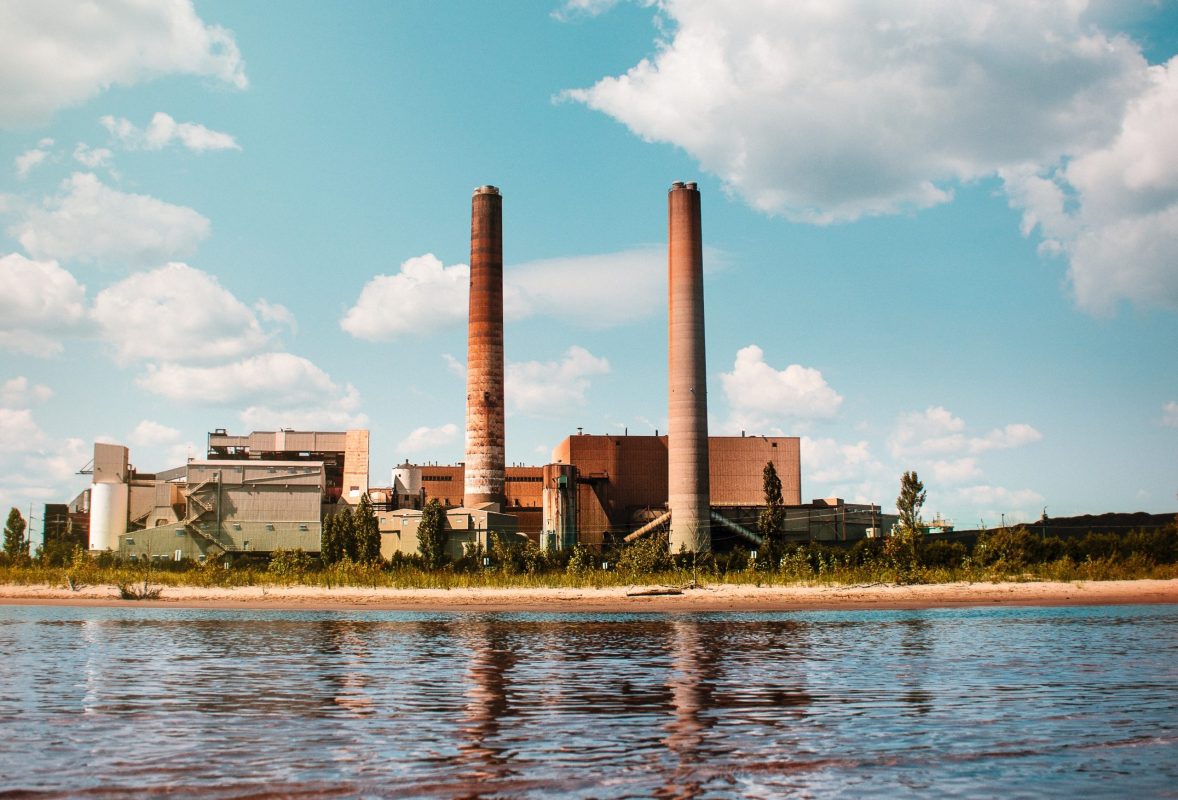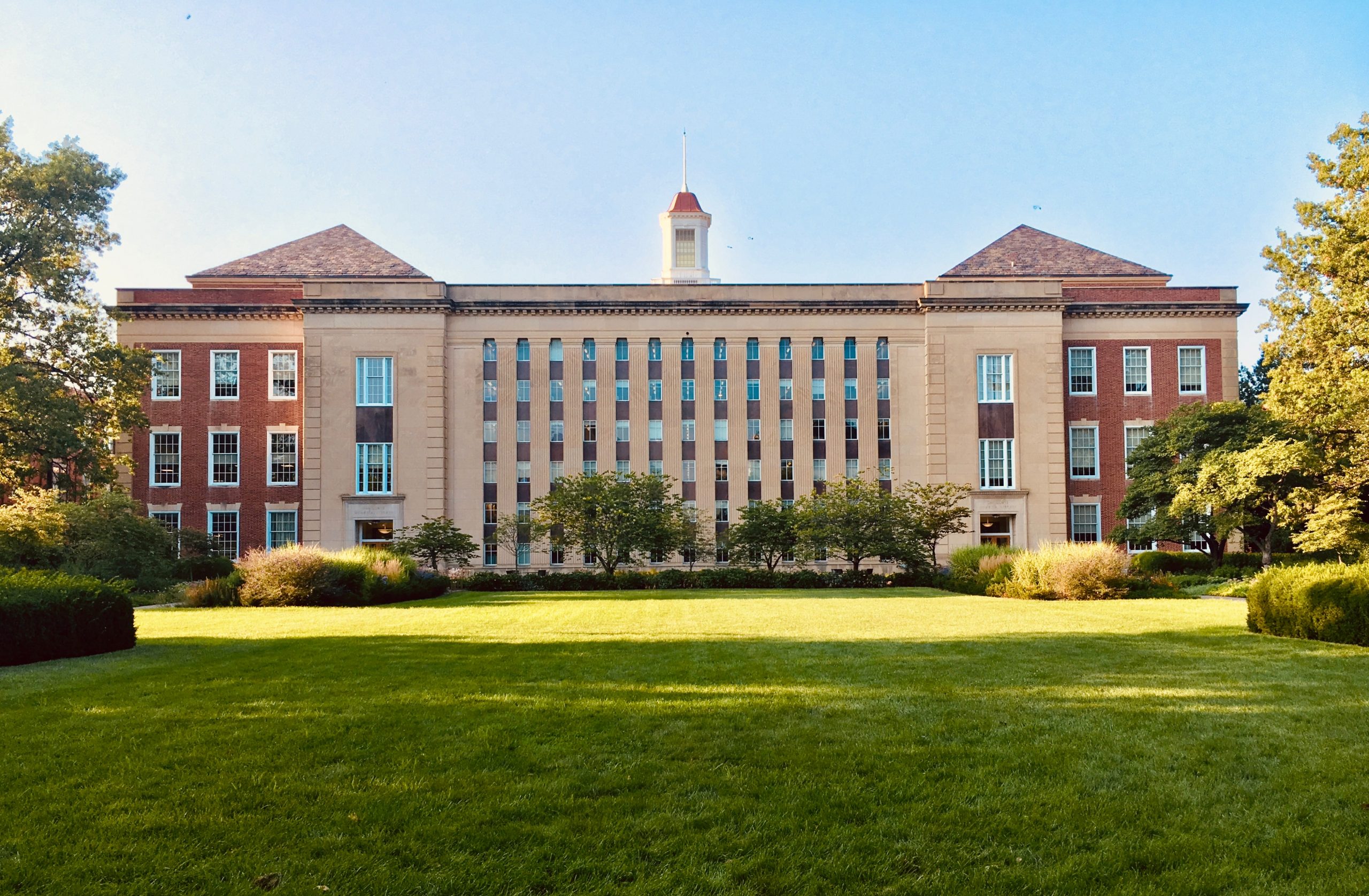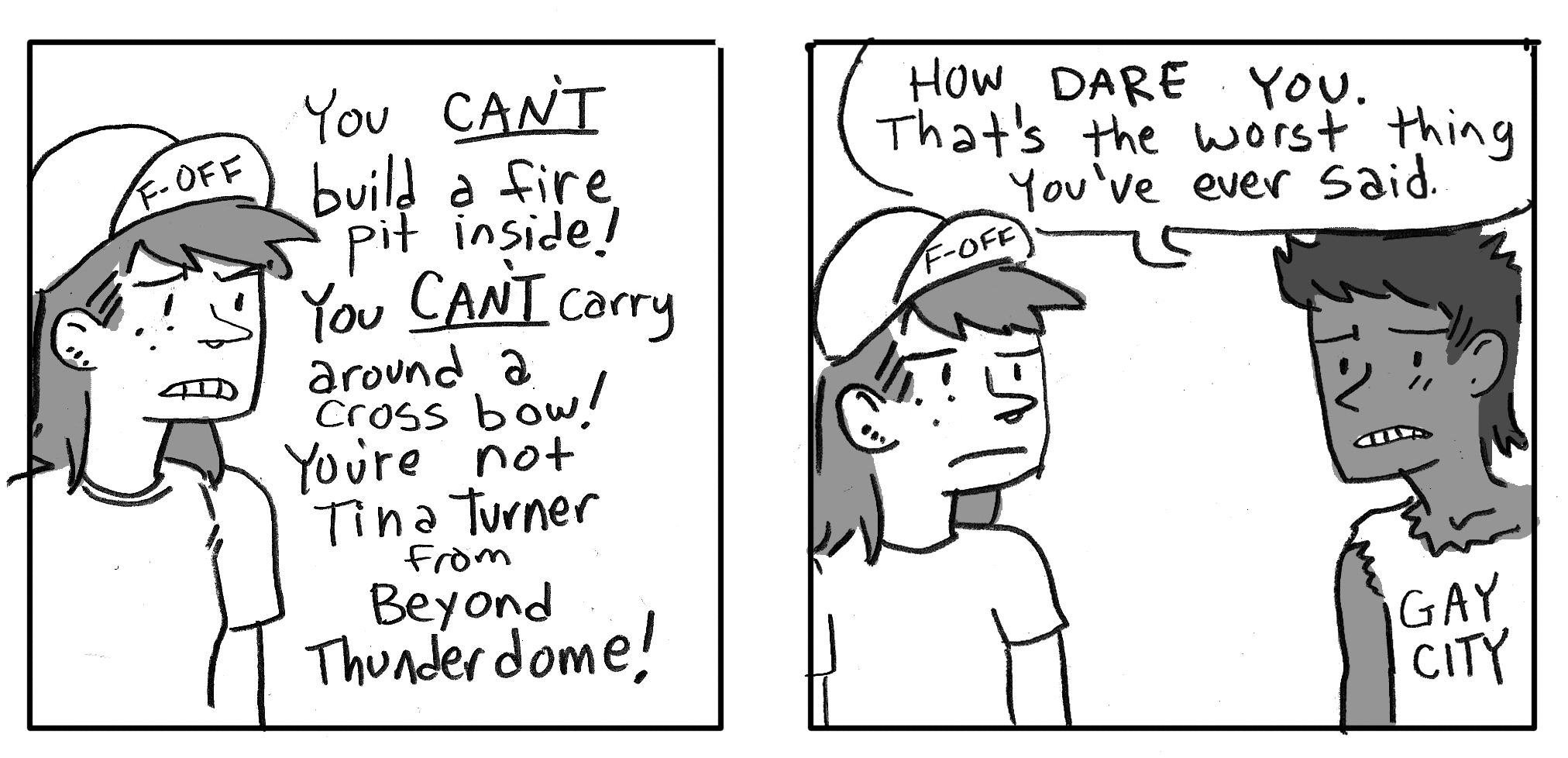interviews
Queer Activists Take On the Most Homophobic Town in America
In Celia Laskey's novel-in-stories, an LGBTQ acceptance task force establishes itself in small-town Kansas

Celia Laskey’s debut novel, Under The Rainbow, is a study in cause and effect, and reverberation. On the opening page, Avery the chapter’s protagonist, defines a made-up term that frames much of her adolescence: “Hetero shame: fear of coming out as heterosexual to your lesbian mom who you know wishes you were a lesbian, too.” Avery’s story begins a wonderfully topsy-turvy narrative that hits the reader a bit like an explosion—its effects are deeply felt in every pocket of Big Burr, Kansas, a place commonly known as the most homophobic town in America.
In the face of an activist LGBTQ task force’s arrival, two-year appointment, and mission to transform small-town bigots into bastions of queer acceptance, we land in the hearts and minds of a community wrestling itself, and by turns rejecting and welcoming newcomers who present a different way of life. From the challenges of asserting queer identity while steeped in a homophobic high school, to navigating an open marriage in a place where other queers are few and far between, Laskey peels back all the layers. She takes familiar themes of queer stories—otherness, isolation, escape—and finds ways to twist them to fit the lives and circumstances of these characters and place.
Celia Laskey and I corresponded about small towns and big ideas, literal and metaphorical queer escape, and writing a novel-in-stories with an ideal balance of chapters that carry significance that’s greater than the sum of its parts.
Dennis Norris II: One of the things I enjoyed most was the way you inverted the trope here, queered the narrative so to speak, with Avery. She’s straight but afraid to come out to her lesbian-activist mom, and at school, she doesn’t want anyone to know her parents are a lesbian couple, or that they’re part of the task force. She feels othered in both places, which is new for her, having grown up in liberal, queer-friendly Los Angeles. What’s the genesis for her story, and this novel?
Celia Laskey: The idea for Avery’s story came from me and some friends joking around about how maybe we’d have kids if we could guarantee that they’d also be queer. And of course we were completely joking, but then it got me thinking about if maybe there was a little nugget of truth in there—how queer parents aren’t so different from straight parents in wanting their kids to be like them. And then, like you said, I intentionally started thinking about flipping the idea of gay shame: what if a kid was afraid to “come out” to their queer parent as straight? How would that look different or the same as coming out as LGBTQ?
People are surprised when they find out I didn’t realize I was gay until I was 23—they assume I shot out of my mom’s vagina and was like, ‘no thank you, men.’
Everyone who knows me considers me to be the biggest lesbian who ever lesbianed, and people are really surprised when they find out that I didn’t realize I was gay until I was 23—they assume I shot out of my mom’s vagina and was like, “no thank you, men.” The reality is that realizing my sexuality was a really long, sad journey and for most of my life I was so closeted, even to myself, that it literally didn’t occur to me that I could be gay. Naturally, it had a lot to do with a lack of queer visibility in my young life.
One day my wife and I were talking about this and I was like, what if there were these queer recruitment leagues that traveled around to all the small towns in the the country, to show everyone that queer people existed and moreover that it was okay to be queer? Once I started thinking through the logistics of this, book-wise, I realized it would be difficult to have a book that wasn’t set in one location, so I tweaked it to this one small town in Kansas, and an acceptance task force instead of a recruitment league.
DN: Is there an actual nonprofit that you’ve based Acceptance Across America on? At first I found the idea of a volunteer task force picking-up and moving to Big Burr for such pointed LGBTQ advocacy a bit surreal. But as we moved through different voices and perspectives, this world really came to life. What drew you to diving into all the perspectives you wrote from, as opposed to sticking with one or two?
CL: You’re right that I had initially intended the idea for the book to feel kind of surreal—there wasn’t an actual nonprofit that I based Acceptance Across America on, but once I started doing research I found out about an HRC initiative called Project One America, which is a multi-year campaign to expand LGBTQ equality in Mississippi, Alabama and Arkansas. So I read as much about that as I could, but there wasn’t a ton of information available, so at a certain point I just had to go back to how I imagined a situation like this would play out. How would so many different kinds of people’s lives change because of this? To really understand it, you’d want to see it from all sides: both task force members and townspeople, and all the distinct individuals who comprise those two groups.
DN: That leads kind of perfectly into my next question. Among the townspeople, there are really varied reactions to the presence of the task force. I’m wondering about the responsibility you might’ve felt to write from all sides, and to portray characters like Christine with great humanity and empathy. Did you find that process different from writing Avery, for example, or David?
CL: I think that when writing linked stories you do tend to feel more of an obligation to show all sides, as opposed to a novel from just one or two viewpoints. But I think, for a writer, it ends up presenting a really useful challenge because it forces you to imagine the inner life of people you normally wouldn’t. In my real life I have no interest in granting empathy to homophobes or people with any harmful prejudice. I don’t care to understand where their hate comes from, but for this book I had to—once you choose to write about “the most homophobic town in the nation,” you kind of have to write about one of those homophobes.
That’s how I’m able to understand homophobia: they hate us ‘cause they ain’t us.
With every character, we’re trying to understand what makes them tick and why, and with Christine, I wanted to understand why this billboard drives her so nuts. I did a lot of reading about homophobia and its root causes and I found one study that said some people’s homophobia is actually rooted in jealousy—not that they want to be queer themselves but that they’re jealous of the freedom queerness can bring to a life: the feeling that you don’t have to get married, or buy a house, or have kids, etc. That it kind of frees you from expectations and conventions. And that’s how I’m able to understand homophobia: they hate us ‘cause they ain’t us (yes, this is a quote from the 2014 movie that no one saw, The Interview, lol). Then I feel able to give a character like Christine humanity and empathy because it’s not that she hates us, it’s that on some level she hates her own life.
DN: This novel feels incredibly global. I mean this in the way you’ve handled complicated nuances between so many different characters and families and relationships, while also speaking to a larger localized sociopolitical context. I’m thinking of the intricacies of David and Miguel’s relationship, and how it might’ve been tempting to make every queer character’s inner life secondary to the cause, so to speak—in this case living in Big Burr, queer isolation, blatant homophobia and so on.
CL: After I had written a few stories that dealt really centrally with the conflict inherent to the task force, I became interested in exploring quieter stories, where the task force wasn’t the main source of conflict and tension. I was thinking about how, even if you moved to the most homophobic town in the nation and were dealing with that every day, your other, more personal problems wouldn’t cease to exist.
That’s where David and Miguel’s story came from—it doesn’t have anything to do with the task force at all. For me, it was sort of the inverse of Christine’s story. David thinks that by being gay and being in an open relationship, he can avoid all of the pitfalls of a traditional life, but then he’s presented with this issue of the aging parent, which is something so many couples have to deal with eventually, queer or straight. After David’s story, it came naturally to write some other stories where the task force wasn’t the focus, and I think that’s necessary for a book like this to not feel too one-note.
DN: Isolation is a theme throughout, and perhaps never more so than in one of the quieter chapters, Linda’s, when two of the most isolated characters connect, against all odds. Linda’s grief has taken over her life, and Jamal is the only Black person in town which gives him, as he notes, extra visibility. They also, given their context, couldn’t be more different from each other. How did their friendship come about for you, as the writer?
I think grief is the first time that a lot of people feel really displaced.
CL: I wanted to feature friendships between the townspeople and the task force members in a couple stories and I was thinking about what could bring together two people who are so different. For Linda, I was thinking about what could make a cishet, white, able-bodied person feel like an outsider, and I think grief is the first time that a lot of people feel really displaced—so here Linda is in the town she grew up in, surrounded by family and friends, but the loss of her son has drawn this attention to her that she hates. She’s hyper visible but also feels completely alone, and that’s something Jamal really understands. So I thought this would be a good point of connection for the two of them, and for Linda with the task force as a whole.
DN: In nearly every story, a character is engaging in some kind of escape with disastrous results. I think we often talk about escape as an especially queer endeavor, especially if we come from towns like Big Burr. I can’t help but think that escapism is a central theme: from relationships, from circumstances, from locale. Were you conscious of this during the writing? Is escape in any way a part of your queer landscape as well?
CL: That’s funny, I don’t think I was that conscious of the theme of escapism while I was writing, but now that you mention it it’s definitely there. I think about societal expectations all the time, and how people are either trying to conform to them or defy them, and I think a lot of the time that even people who want to conform to them feel really constrained. Everyone needs an escape from these expectations, whether they realize it or not.
Escape is definitely part of my queer landscape. In terms of physical escape, even before I knew I was gay, I was like, I GOTTA GET OUT OF MAINE AND TO A CITY! Deep down I think I knew. Then in terms of mental/emotional escape, it’s a big reason why I’m a writer and a reader—I love living in realities that aren’t this one. And when I’m not writing or reading I’m usually watching TV, which is how I think most people escape their brains and their lives. I fucking love TV, and have probably watched most shows that exist. My all-time favorite is Mad Men, followed closely by The Leftovers and The Americans.
DN: You’re from Maine? Maine has such a rich literary history, including one of my favorite writers, Elizabeth Strout. And similar to her, I think Under the Rainbow is an exemplary example of a novel-in-stories. Each chapter stands alone, and yet the whole is greater than the sum of its parts. This can be a really difficult balance to achieve. Did you always know this book would be written as a novel-in-stories, or did that develop over the course of the writing?
CL: Elizabeth Strout is one of my favorite authors too! I definitely studied Olive Kitteridge time and time again while I wrote this book. (I just read Olive, Again and it was just as good as the original!)
I did always know that the book would be a novel in stories. I think the form of the book was the first decision I made, before even the concept, because I didn’t feel prepared to write a traditional novel at that time in my life—this was right before I went to my MFA program, when I was about 29. I had only ever written short stories, and I soon learned that even MFA programs don’t teach you how to write a novel (which is something I could give a whole separate spiel about). I started with the thought of: What can I do, craft-wise, at this point in my life? Short stories. I could link them and call it a novel. And what kind of idea would work with a book of linked stories? And after that I eventually came up with the premise.
Making the whole feel greater than the sum of its parts, as you say, is one of the biggest things I worked on with my editor after selling the book—we added way more linkages between all the characters, and plot points that would hopefully urge the reader to keep turning pages (like what happens at the end of Zach’s story), and we added Gabe’s final story as a way to bring everyone back together.









